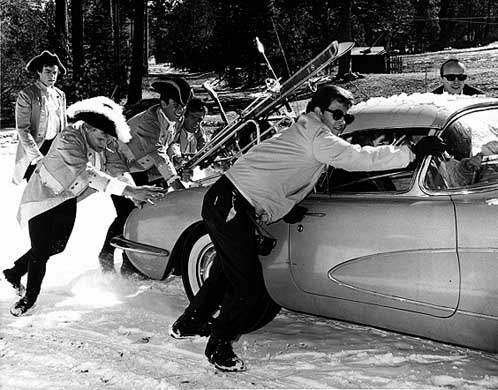‘American Bandstand’ host Dick Clark is dead
Roger Hart was manager of Paul Revere & the Raiders in 1965 when the telephone rang in an opportunity-knocking kind of way.
It was Dick Clark.
“I was in Los Angeles,” Hart said, “when I got the call: ‘Can you come over and talk to us?’”
Clark wanted to talk about “Where the Action Is” — a daily
rock ’n’ roll show he was putting together for ABC.
“The conversation led us into the pilot,” Hart said.
The Vancouver resident was recalling that career turn after Clark died Wednesday morning.
Paul Revere & the Raiders were already big draws regionally after recording “Louie Louie” in 1963.
“We were successful in the Northwest and already had a recording contract with Columbia Records. Dick Clark was well aware of this,” Hart said.




